10.5 °c Wind speed: 23 km/h Precipitation: 36 % Cloudiness: 80 % Humidity: 84 mm Pressure: 36 mb
Natural History Museum
Cromwell Road 35
London
SW7 2DG
United Kingdom
Description
In the midst of South Kensington rises the city center that shelters London Natural History Museum, the cultural and architectural jewel no visiting child and adult can ever hope to skip. Sitting atop its Romanesque frontage that dominates the street is this museum as a tribute to our natural world and to Victorian fantasies as well. From the awe-inspiring dinosaur fossils to the elegantly striped beauty of minerals, the museum is a richly textured journey through world history, earth life, and human experience with nature in transforming humankind.
What Is the Natural History Museum?
The Natural History Museum is a collection of the geologic history of the earth and the diversity of earth life. Compared to the display of man's work of art in painting museums, all that the natural wonders were designed for millions of years is in the museum. Its galleries are laid out in the disguise of thematically dedicated rooms: the Hintze Hall, whose austere escalator entrance is overshadowed by the skeleton of a blue whale hanging in mid-air; the Earth Hall, where Earth processes and geology are stored; the Darwin Centre, an angular, modern building to serve as a location for research facilities and home to millions of specimens; and the Treasures gallery, made up of individual and symbolic specimens such as Darwin's finches and precious gemstones. Hands-on exhibits, touch collections, and leading-edge multimedia questions make science tangible, and nonmaterial ideas talk in the children's and grown-ups' own languages.
The museum does more than simply putting on an exhibit. It's a world-class research center housing an amazing 80 million specimen collection — insects, fossils, rocks, minerals, and mounted animals — that scientists worldwide count on. By frequent exercise of scientific work, the museum encourages taxonomy, conservation biology, and climatology. The workshops, public lectures, and public outreach activities broaden its services in educating young scientists and creating ecological awareness among the general public with regard to earth-shaking ecological problems.
History
Natural History Museum's history dates back to the mid-19th century when Britain's national natural specimen collections were expanding. They occupied space in the British Museum at Bloomsbury but were too large. Parliament was allocated a new museum in 1864 to serve as a home for specimens of natural history and the first Superintendent of natural history departments was created through the establishment of the first comparative anatomist, Sir Richard Owen.
The later designed structure was first of all commissioned from architect Alfred Waterhouse, and he came up with a Romanesque-shaped structure that dominated the day in terms of noble and populist beauty of sight. Over 7.5 million single independent individual terracotta tiles, involving copies of animals and plants, were used for covering the structure of the building and creating themed attraction for the museum. The museum was started in 1873 and completed in 1881 when the museum was officially opened to the public on April 18th of the year. Its imposing central hall was later the pinnacle of Victorian scientific education and training for everyone.
The museum grew in size and scale in the 20th century. The two most notable additions were the Earth Galleries on the formation and evolution of the planet in the 1990s, and Darwin Centre, of which the first two stages opened in 2002 and 2009. The Darwin Centre has cocoon-like architecture, behind which is a look at scientific research and specimen conservation, with glass-fronted laboratories where the scientists are working around the clock. These extensions are designed to grow in harmony with the original Waterhouse building, Victorian grandeur and flowing modernity of scientific method mingling.
The museum itself has suffered foul agonies. In the two World Wars, portions of the collection were temporarily taken out of it to be preserved against air raids. The building itself has already been restored in past decades to provide access, sustainability, and possibility to the visitors. The most drastic restoration was the repair of world-famous Dippy the diplodocus cast, which was postponed since 1979, and Hope, a real blue whale skeleton, in 2017. The evolution was towards living ecosystem building and maintenance.
Interesting Facts
Dippy's Long Reign: A constant presence standing in the centre of the hall for nearly 40 years was Dippy, a replica of a Diplodocus skeleton unearthed in Wyoming in 1898. It was bought by the museum in 1905 and lent to Britain for just three years, 2017-2020, so sending outreach exhibitions into towns several hundred miles away from London.
Blue Whale Majesty: Blue whale skeleton, or Hope, is 25 meters from nose to the tip of the tail and weighs four tonnes. Suspended from the ceiling of Hintze Hall, its sheer size makes the visitor question the sea world and sea creatures' susceptibility.
Hidden Samples: The majority of museum collections are promoted, but behind them are warehoused millions of specimens in high-tech warehouses out of sight. They hold millions of samples of insects, infinitesimal fragments of material on which scientists rely for their measure of environmental change and variety loss.
Victorian Innovation: Architectural practices, in turn, employed innovative ways of resistance against fire through iron framing and terracotta tiling in order to protect priceless collections from the threat of fire.
Breakthrough Research: Museum researchers too have found thousands of new species. In the decade since the year 2000 alone, several new insect species have been discovered that could thrive in the remote corners of the globe and discover new stories of natural wonders of planet Earth.
Year-Round Lates: The museum stays open late on every Friday evening of the year for "Lates" events. From live experiments, live performances, and adults-only discussion groups, it's all part of the events, and therefore the galleries become a night-time hub of discovery and innovation.
Conservation Leadership: The Darwin Initiative is a UK Government externally funded programme to the museum with funding of projects on developing world biodiversity and assisting conservation of threatened species and ecosystems overseas.
Why People Visit the Natural History Museum
Educational Enrichment
Families and school groups come to the museum because of the excellence of the learning experience. Hands-on exhibits — such as the earthquake simulator in the Earth Hall or the animatronic Tyrannosaurus rex in the Dinosaurs hall — are perfect for children and generate enthusiasm. Field trips to the museum are a regular part of classroom instruction for teachers.
Architectural Admiration
Besides its galleries, the museum's gold interior and Waterhouse-building are a luxury treat for architecture enthusiasts. The gold-plated mosaics, domed ceiling of Hintze Hall, and stunning carvings in the center of the building are a masterpiece in the midst of Victorian structures. People come just to pamper themselves with luxury before visiting the galleries.
Inspiration and Wonder
They are all a search to have experiences that one will never forget with nature. Looking at the massive dinosaur fossils, sparkling jewels, and giant whale skeleton just leaves one speechless that one cannot otherwise attain from the media. Such a response earns one respect for the world's history and wanting to keep it diverse.
Special Exhibitions
The museum also has occasional exhibitions of human evolution and meteorites to strange scientific stories and biographies of famous scientists. Occasional exhibitions include strange foreign museum loans, interactive exhibitions, and merging science and art to present a fascinating experience to frequent visitors.
Scientific Engagement
Daily, researchers and would-be researchers visit the Darwin Centre public galleries, observe curators working, and listen to reports about current research. Behind-the-scenes tours also offer a view into specimen preparation, DNA sequencing, and taxonomic classification.
Cultural and Social Events
Other than daytrips, Lates in museums, film showings, and public talks present an interesting social atmosphere. The events are geared towards young professionals, adults, and the kind to provide the atmosphere of science enthusiasts meeting in the halls of common interest for balance between science and entertainment within a preserved historic building.
Accessibility and Inclusivity
With all the facilities being offered and made available to disabled visitors, the museum is making an offer of a suggestion for inclusion. Baby-change facilities, sensory guides and quiet room for neurodiverse visitors make it inclusive for all to be able to access the experience.
Conclusion
The London Natural History Museum is no passive repository of souvenirs but an operating, throbbing museum bridging the gulfs between past and future, between science and humanity. With its wide historical perspective, its nicely attractive building, and its liberal policy of public access, the museum is as industrious about keeping in storage the records of our world as it is in inspiring action for its sake.
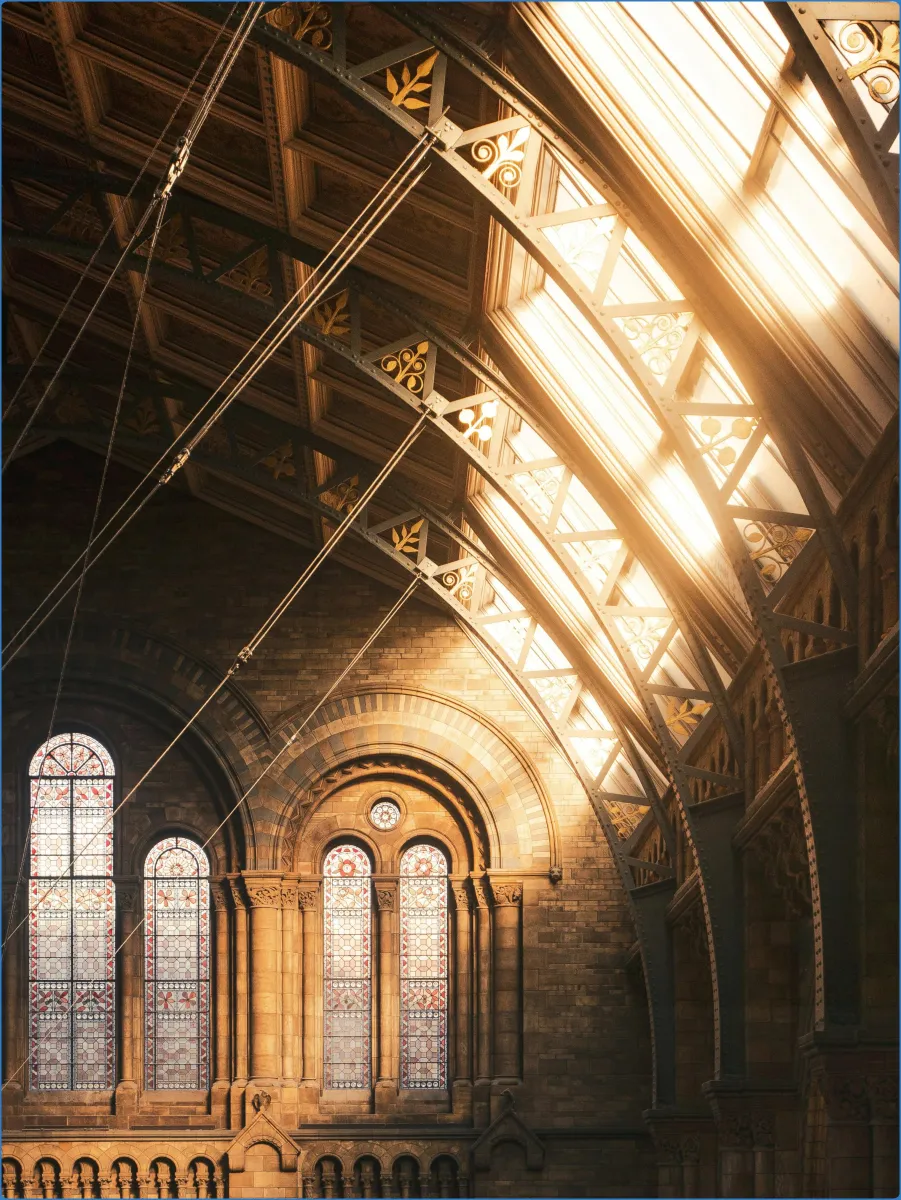
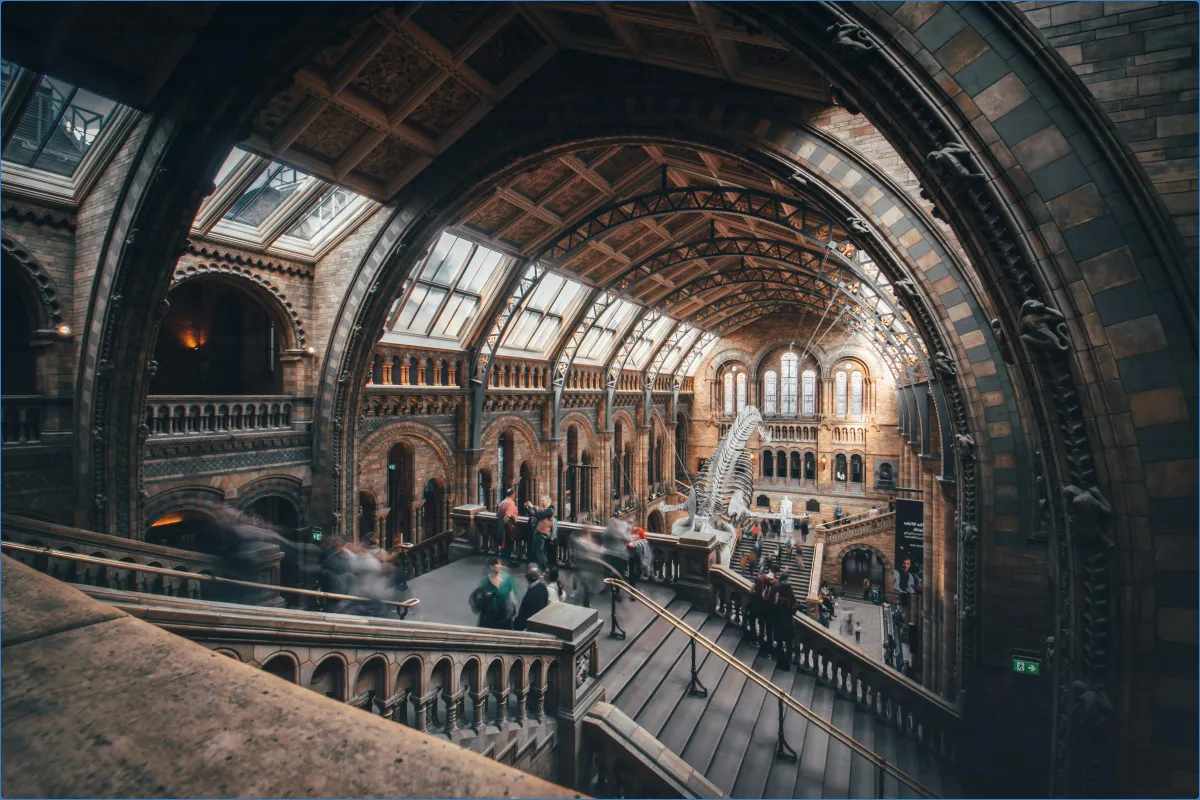
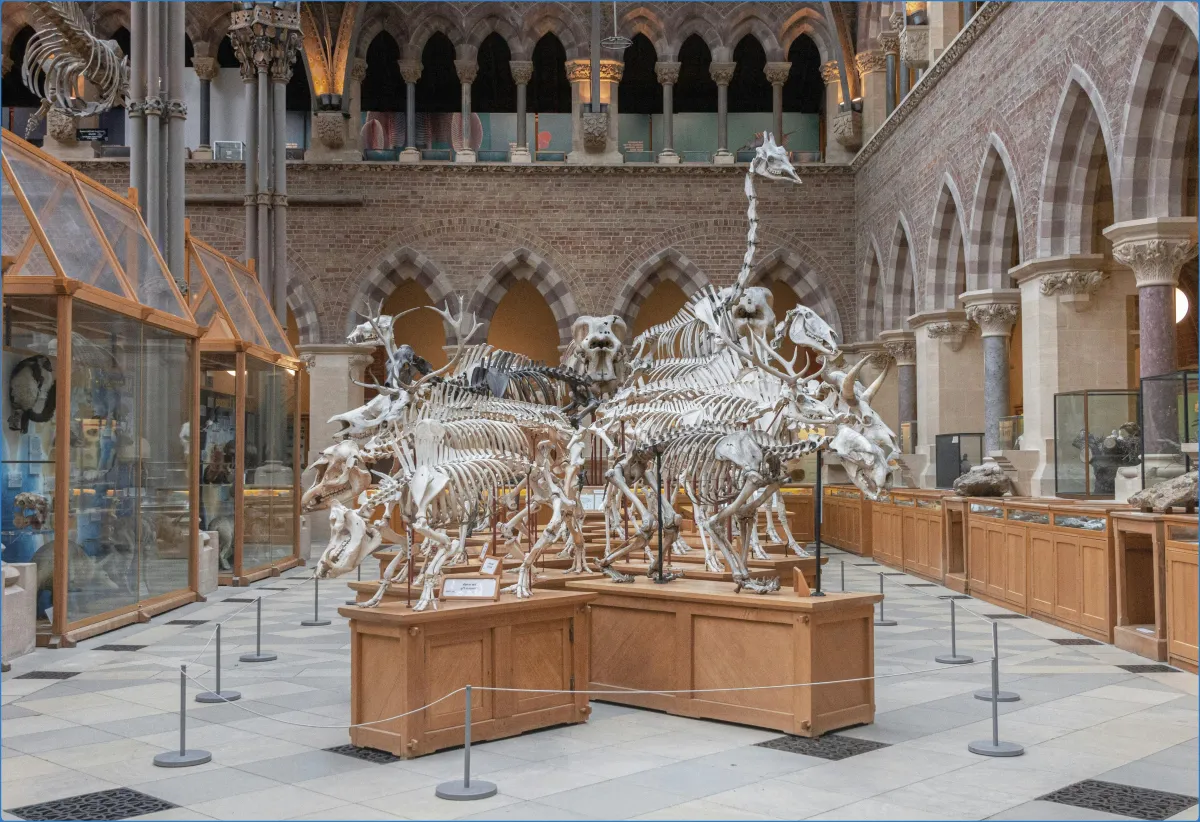
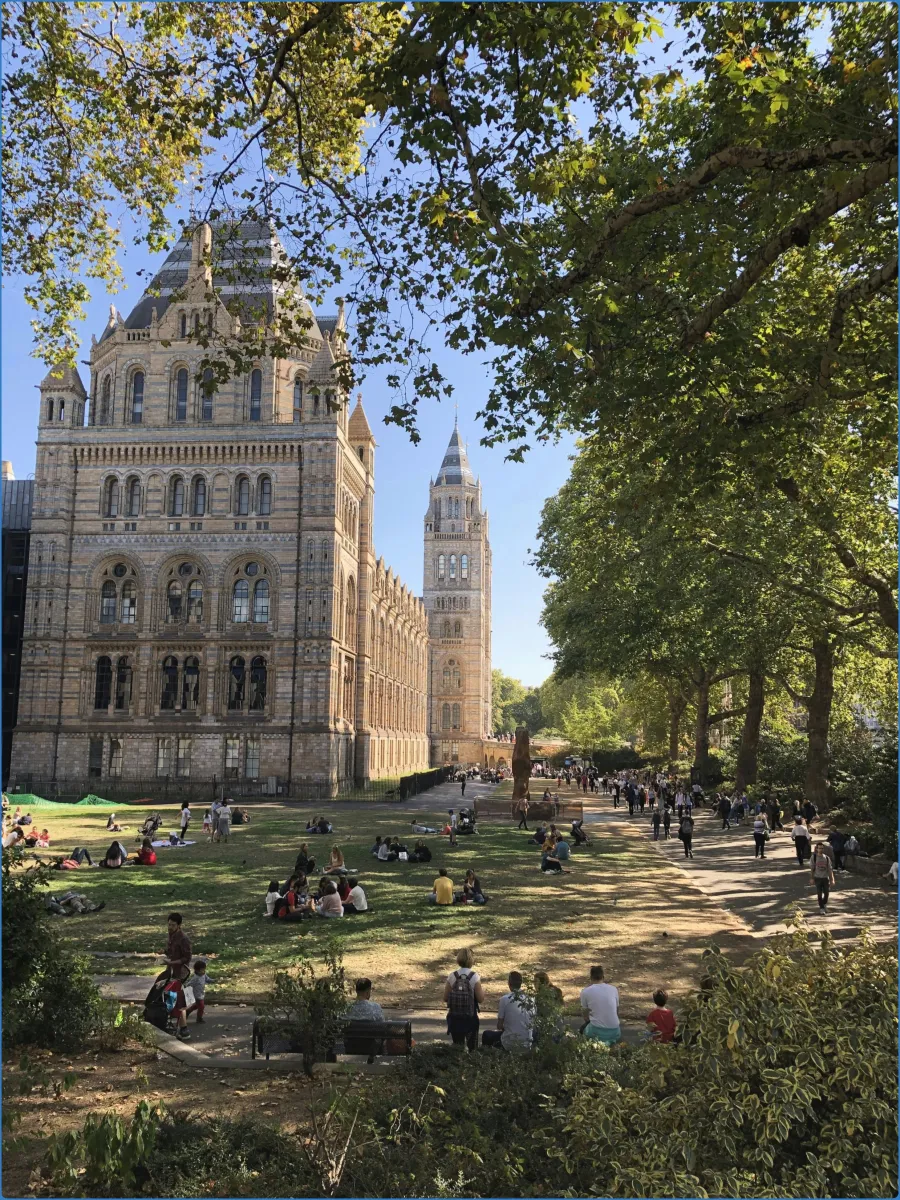
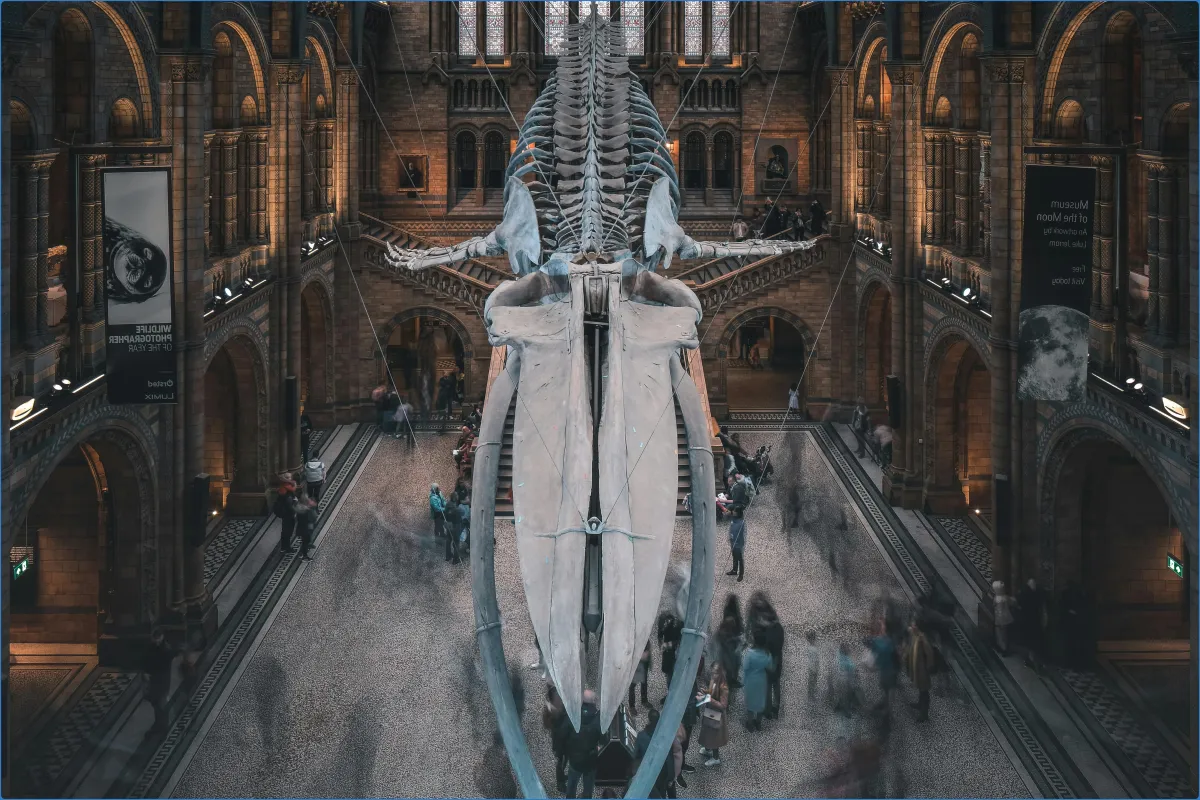
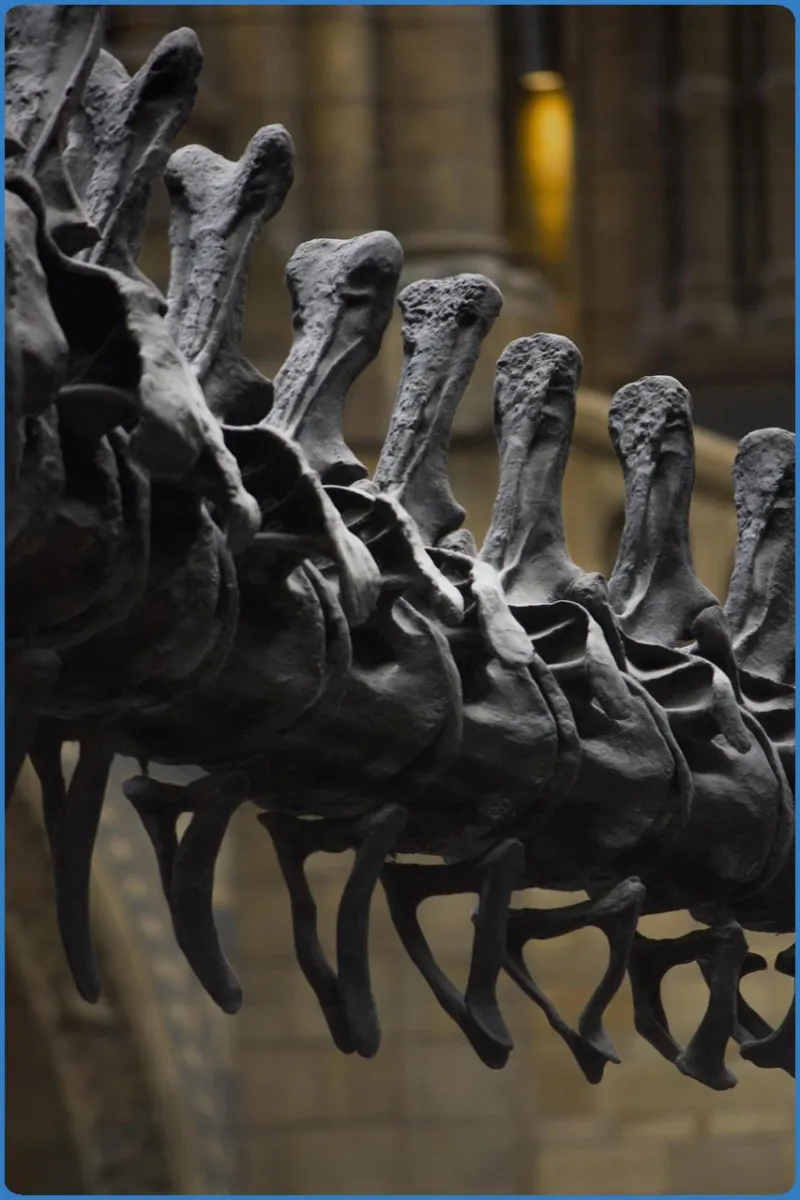
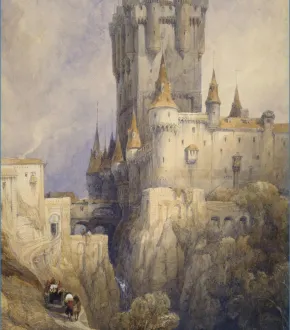


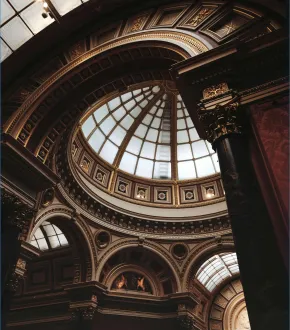
Comments